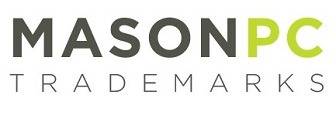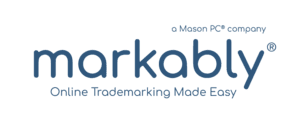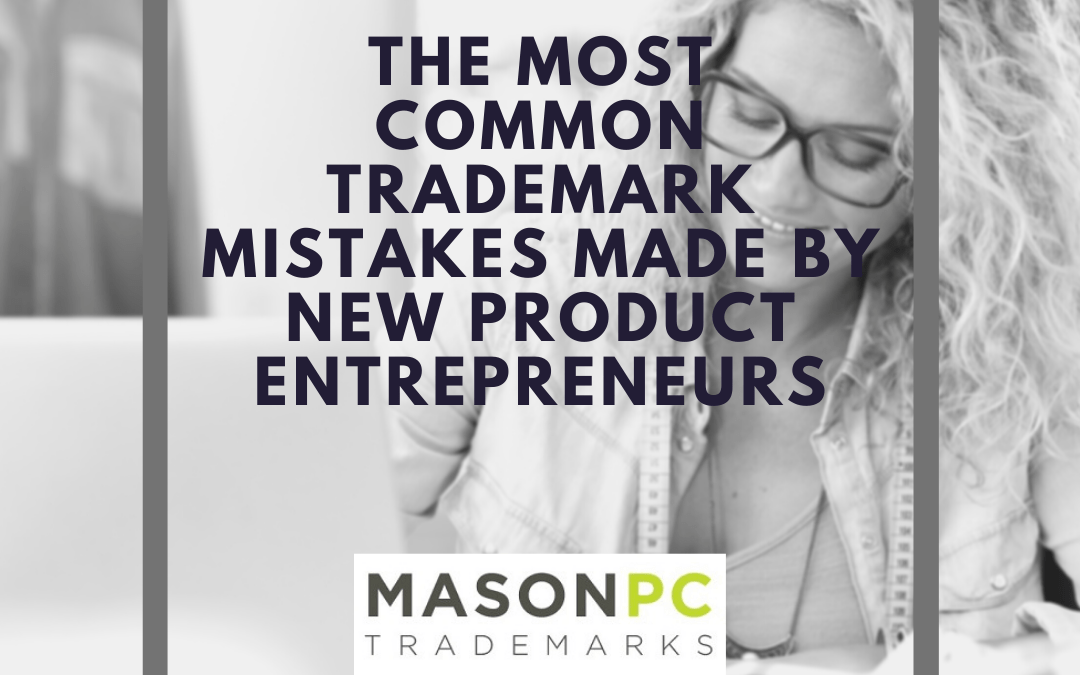I recently participated on a panel discussion about what it takes to bring a product to market. I want to share with you some of the product trademark insights that I shared in that discussion.
As a lawyer, unfortunately, I see far too frequently the results of trademark mistakes made in launching new products and services. The really heart-breaking part is that these mistakes could have been avoided with small but meaningful investments in trademark protection early on in business development.
You see, many new businesses wait until they’re generating a profit before they take steps to protect what they’re building. New entrepreneurs are forced to prioritize their investments, and product development, rightly, comes first. But if you wait until you’re turning a profit before you take steps to protect your investment, you could be placing your product and your business at a serious disadvantage.
The reality is, unless your product is a new invention that is protected by patent, it will be imitated and copied. Your competitive advantage lies in your brand – your name, logo, packaging designs, and other symbols or markings that you use to differentiate your products in the marketplace. If you don’t take the steps to ensure your ownership of these differentiating factors, you’re leaving your product at risk of being copied and your competitive advantage at risk of disappearing.
The two most common mistakes that we see new product entrepreneurs make with respect to protecting their product’s competitive advantage are with adequately searching the availability of their brand elements, and in particular names and logos, and then failing to take early steps to own them.
For most products, competitive advantage lies in the distinctiveness of the name and logo (the trademarks) that appear on packaging. Distinctive names and logos are ones that consumers easily recognize and remember. There are a couple of factors that go into creating distinctive product trademarks. One is that it can’t be descriptive of the associated products or of the intended benefits of using or consuming that product. If your trademark is in any way descriptive of either of these things, it won’t be able to differentiate your products from others.
A distinctive trademark is also unlike anyone else’s. You’ll have to conduct some fairly in-depth searches to determine if anyone else in your industry is using a name or logo similar to yours. These searches should also be conducted before you invest in marketing and they should be in every country where you plan to actively sell your products. Just because a product trademark appears to be available in Canada doesn’t guarantee that it is available in the US and other countries. You don’t want to have to create two very different sets of packaging, websites and marketing materials for different countries. The best solution is to have a name and logo that is available for you in both countries and capable of growing to any additional contemplated product or service lines.
The second common mistake that we see new product entrepreneurs make is delaying taking steps to own the trademarks that are being used to differentiate their products in the marketplace.
There is a common misunderstanding that having a registered business name, domain names and social media pages featuring your name somehow grants you ownership of that name. This is just not true. Sure, having these properties stops others from using them, but they won’t enable you to stop someone from using the same or a very similar name to sell their products. Only a trademark registration gives you this ability.
Something else that is a surprise for many new entrepreneurs is how long it actually takes to obtain a trademark registration for a name. In Canada, it’s about 3-years, and in the United States, its about 12 to 18 months. During these periods, you are using nothing more than an unregistered trademark, and your ability to stop imitators and copycats is substantially limited. Don’t add to this period of limited protection by waiting 2 or 3 years after you start using the name before you file an application to register it as your trademark. The best time to file a trademark application is immediately after you have done the necessary searches and determined that your trademark is clear in the countries where you plan to sell your products.
There are numerous advantages to applying to register your product trademarks early, and there are virtually no disadvantages. I’ve never once heard a business owner say “I really regret registering my trademarks”.
One of the main reasons to file an application early is its ability to claim a trademark for your future use. Under the laws of most countries, you don’t have any legal rights in a name until you sell a product that bears that name on the packaging or label. But filing a trademark application is the loophole to this rule. If you are not yet using the name to sell products, your trademark application date is deemed to be the date your rights in that name begin. This gives you a claim of ownership while you develop your product for launch and you invest in your branding.
The second reason to file a trademark application early is to gain earlier national ownership of your trademarks. This is particularly important for product sellers who tend to start out selling in a very limited local geography. You only have legal rights in a trademark where you have had sales. But most product entrepreneurs don’t have immediate national distribution. These channels take time to build, and in the areas where you have no sales, you have no ability to stop others from using your trademarks. Again, a trademark registration is the loophole in this rule. Your registration gives you ownership of a trademark all across Canada. The same is true in the United States with a US registration. Trademark registrations really are powerful ownership tools for new entrepreneurs, and particularly for entrepreneurs who are or who plan to sell products.
Last, but certainly not least, one of the most compelling reasons today to register your trademarks is that it gives you a tool, possibly the only tool, to stop the infringement of your trademarks online. The main online ecommerce platforms, Amazon, Etsy, even Shopify, and all the social media platforms, have intellectual property policies that protect trademark owners by giving them a quick and easy procedure to have infringing pages or products taken down. No court order necessary. But to use these procedures, you have to be a trademark owner, which in most instances, requires a trademark registration. Imagine being denied access to these procedures for the two to three years you are waiting for your trademark registration. How damaging could that be to your business?
The key takeaways here are twofold. One, don’t skimp on searching your name and logo to ensure they’re distinctive, and two, prioritize registering your product trademarks. These really are the most effective steps that you can take to protect the competitive advantage of your products and ensure your business success.


